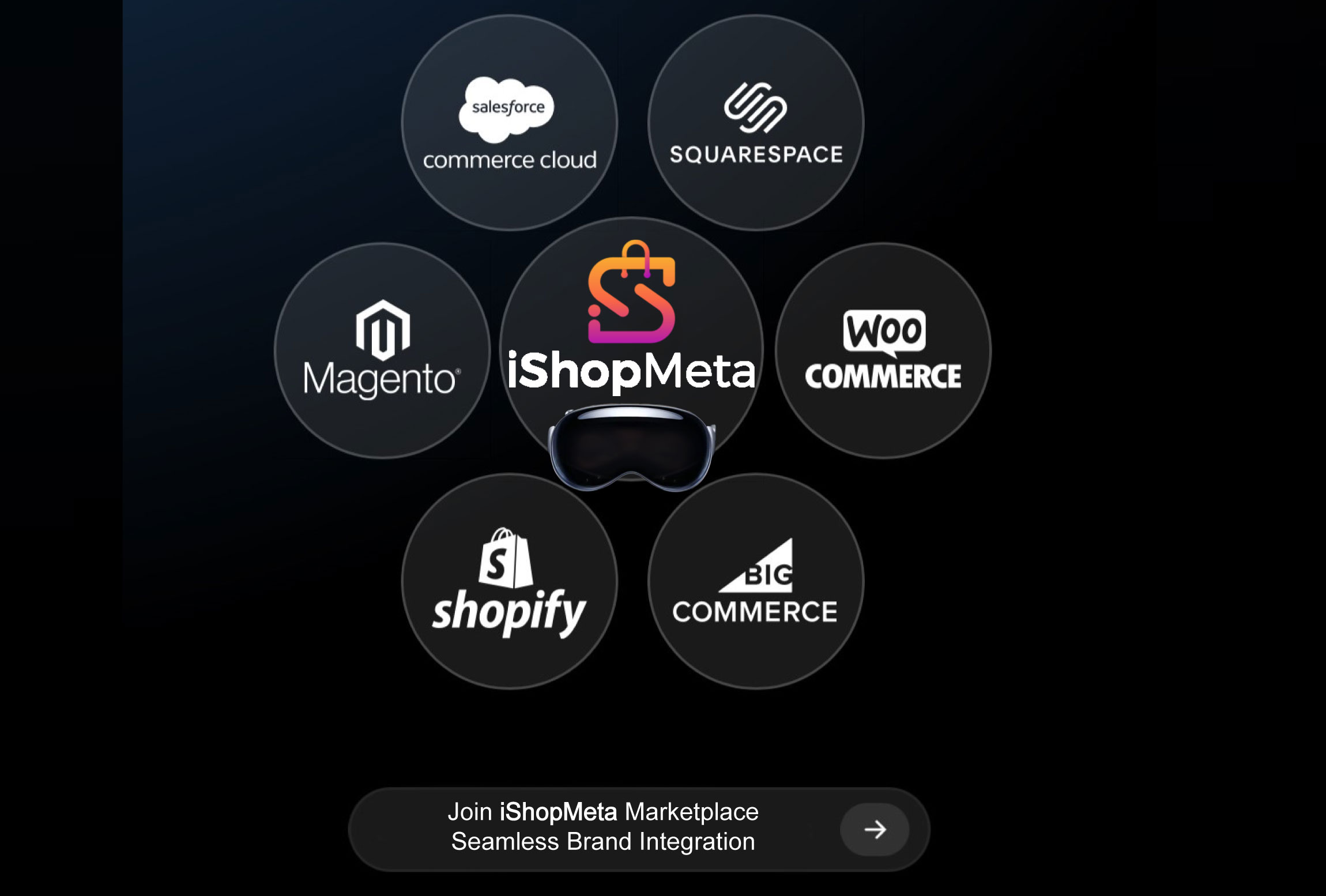Non-Fungible Tokens (NFTs) have been gaining tremendous popularity in recent years. NFTs are unique digital assets representing ownership of artwork, music, virtual real estate, and more. As the demand for NFTs grows, it becomes increasingly important to understand the landscape of NFT marketplaces. This article aims to provide insights into the various types of NFT marketplaces and help readers navigate this rapidly evolving space.
Types of NFT Marketplaces
Third-party platforms vs. self-built marketplaces:
- Third-party platforms are existing marketplaces where creators can list and sell their NFTs. They offer convenience, wider reach, and established user bases.
- Self-built marketplaces: Some individuals and organizations prefer to create their own NFT marketplaces to have more control over the platform’s features and revenue model.
Streamlined marketplaces vs. curated marketplaces:
- Streamlined marketplaces: These platforms focus on providing a seamless user experience with simplified listing and trading processes. They cater to a broad range of NFT categories and aim to attract a large user base.
- Curated marketplaces: These platforms carefully select and curate the NFTs available, often focusing on specific themes or niches. They aim to maintain high-quality standards and provide a more exclusive environment for buyers and sellers.
Ethereum-based marketplaces vs. marketplaces on other blockchains:
- Ethereum-based marketplaces: Ethereum has been the dominant blockchain for NFTs, with platforms like OpenSea and Rarible operating on this network. Ethereum offers robust infrastructure and a large community, but high gas fees and scalability issues can be a drawback.
- Marketplaces on other blockchains: With the rise of other blockchain networks like Binance Smart Chain, Solana, and Flow, are now NFT marketplaces emerging on these alternative chains. They often provide lower transaction fees and faster processing times.
Creating Your NFT Marketplace
Advantages and disadvantages of building your own NFT marketplace:
- Advantages: Building your own NFT marketplace provides full control over the platform’s features, revenue model, and branding. It allows for customization and the potential to generate revenue through transaction fees.
- Disadvantages: Developing and maintaining an NFT marketplace can be complex and resource-intensive. It requires technical expertise, security measures, and ongoing maintenance.
Steps to creating an NFT marketplace:
- Determine your approach: Whether to build from scratch or utilize existing NFT marketplace frameworks or white-label solutions.
- Define features and functionality: Identify the essential features for your marketplace, such as user registration, NFT listing, trading, and payment integration.
- Ensure security and scalability: Implement robust security measures to protect user data and transactions. Consider scalability to accommodate growing user demand.
- Estimate costs: Building an NFT marketplace can involve various expenses, including development, hosting, security audits, and ongoing maintenance.
Choosing the Right NFT Marketplace
When selecting an NFT marketplace, several factors should be considered:
- Fees: Different marketplaces have varying fee structures, including listing fees, transaction fees, and gas fees. Evaluate these fees to understand their impact on your NFT trading activities.
- Customer base: Consider the size and demographics of the marketplace’s user base. A larger and more diverse user base can increase the visibility and potential buyers for your NFTs.
- Add-on services: Some marketplaces offer additional services like NFT minting, auction features, or marketing support. Assess these offerings to determine if they align with your needs.
Partnering with the wrong platform can pose risks, such as limited functionality, security vulnerabilities, or inadequate customer support. Research and read reviews to ensure your chosen marketplace has a good reputation and prioritizes user satisfaction.
The Best NFT Marketplace
Among the rising NFT marketplaces, iShopMeta has gained significant attention. iShopMeta is an innovative platform that offers a user-friendly interface and a diverse range of NFT categories, including artwork, collectables, and virtual assets. Users can easily create, list, and trade NFTs while benefiting from a strong community and active support.
With iShopMeta, individuals can explore a marketplace that offers unique items and collectables, connect with creators, and discover new opportunities for investment or personal enjoyment. The platform’s intuitive design and focus on user experience make it an appealing choice for both experienced NFT enthusiasts and newcomers to the space.
Conclusion
Understanding the landscape of NFT marketplaces is crucial for creators and buyers entering the world of NFTs. Individuals can make informed decisions that align with their goals and preferences by exploring various marketplaces, such as third-party platforms or self-built solutions.
The emergence of iShopMeta as a rising NFT marketplace provides an exciting opportunity for users to trade unique digital assets. However, it’s important to consider the advantages and disadvantages of building your marketplace and choose the right platform that suits your needs.
As NFTs continue to reshape the digital world, staying informed about the marketplace landscape will be key to navigating this dynamic space successfully. Whether you’re an artist looking to monetize your work or a collector seeking new digital experiences, the NFT marketplace presents endless possibilities for creativity, investment, and community.
For those interested in exploring the vibrant world of NFTs, iShopMeta offers a compelling platform to begin your journey. Start discovering and trading NFTs






One thought on “Making Sense of the NFT Marketplace: Understanding the Landscape of Platforms”